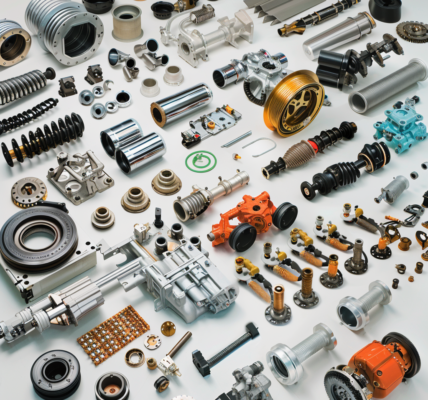NASA is currently facing a challenging situation as astronaut Sunita Williams experiences significant weight loss during her extended stay aboard the International Space Station (ISS). Since her arrival in June, recent images have revealed a concerning transformation, showing Williams with pronounced weight loss, sunken cheeks, and an overall gaunt appearance.
At 59 years old, Williams, who stands 5 feet 8 inches tall, began her mission weighing approximately 140 pounds. However, complications arose when her planned eight-day mission turned into an unexpected 155-day ordeal due to technical malfunctions with the Boeing Starliner, which left her and fellow astronaut Barry Wilmore stranded in space. A SpaceX Crew Dragon capsule is scheduled to bring them back to Earth, but not until February.
According to a NASA source closely involved with the mission, the weight loss has become a pressing concern. “She has lost a lot of weight; the pounds have melted off her, and she’s now skin and bones. It’s a priority to help her stabilize the weight loss and hopefully reverse it,” the source stated, highlighting the urgency of the situation.
Astronauts are required to consume a high-calorie diet to counteract the effects of living in a zero-gravity environment. Typically, they need to intake between 3,500 and 4,000 calories daily to maintain their weight. Williams, however, has struggled to meet these caloric needs, which has contributed to her rapid weight loss. The source emphasized that when astronauts fall behind on their caloric intake, weight drops quickly.
In addition to dietary challenges, astronauts must also engage in rigorous exercise routines, spending over two hours each day working out to preserve muscle mass and bone density. This exercise regimen further increases caloric expenditure, making it even more difficult for astronauts to maintain their weight.
Williams, known for her athleticism, made history in 2007 as the first person to run a marathon in space, completing the Boston Marathon on a treadmill. Given her background, the current struggle with weight gain is particularly alarming.
To reverse her weight loss, NASA doctors have been collaborating with Williams for about a month, even before the recent images sparked widespread concern about her health. There is a possibility that Williams may need to consume up to 5,000 calories daily to regain her lost weight, a stark contrast to the average caloric needs of women on Earth, which range from 1,600 to 2,400 calories.
The situation has raised awareness about the unique challenges astronauts face while living in space, particularly regarding nutrition and health maintenance. As the mission continues, NASA remains committed to supporting Williams in her efforts to regain her strength and health.
With the return to Earth still months away, the focus remains on ensuring that Williams receives the necessary support to stabilize her condition and prepare for her eventual return to life on Earth.





